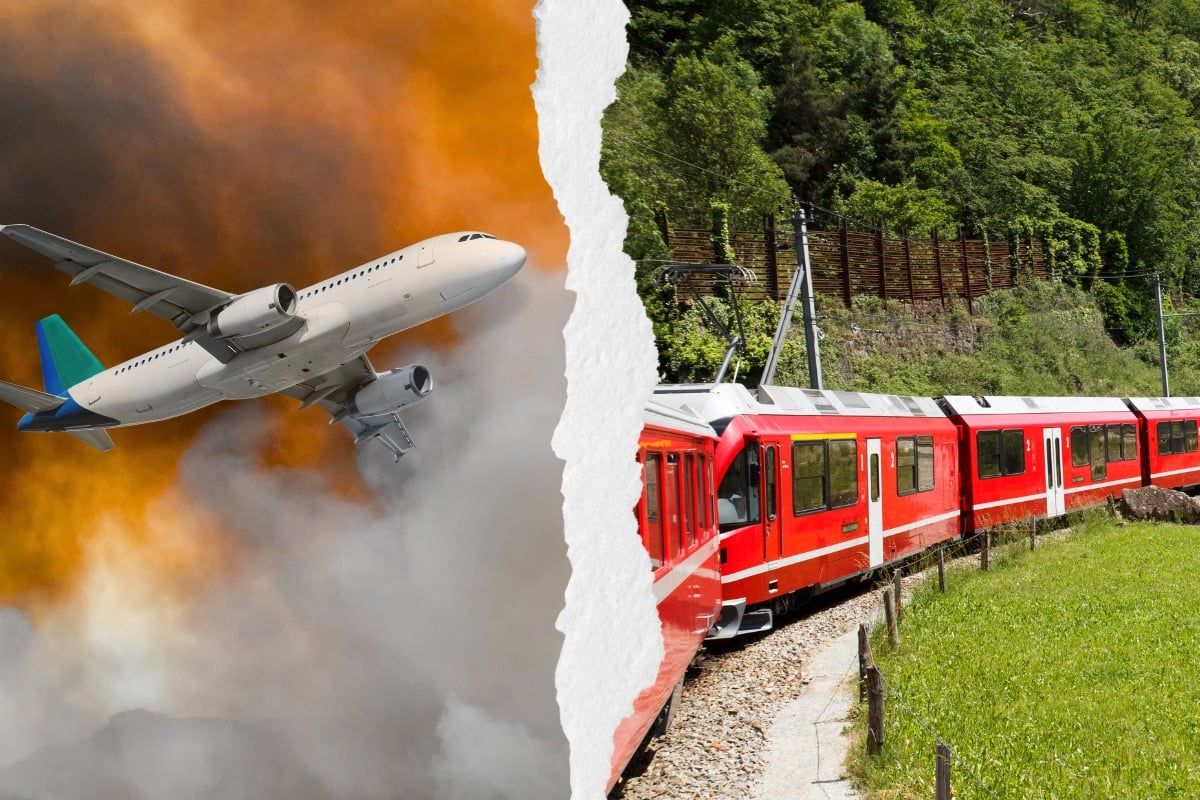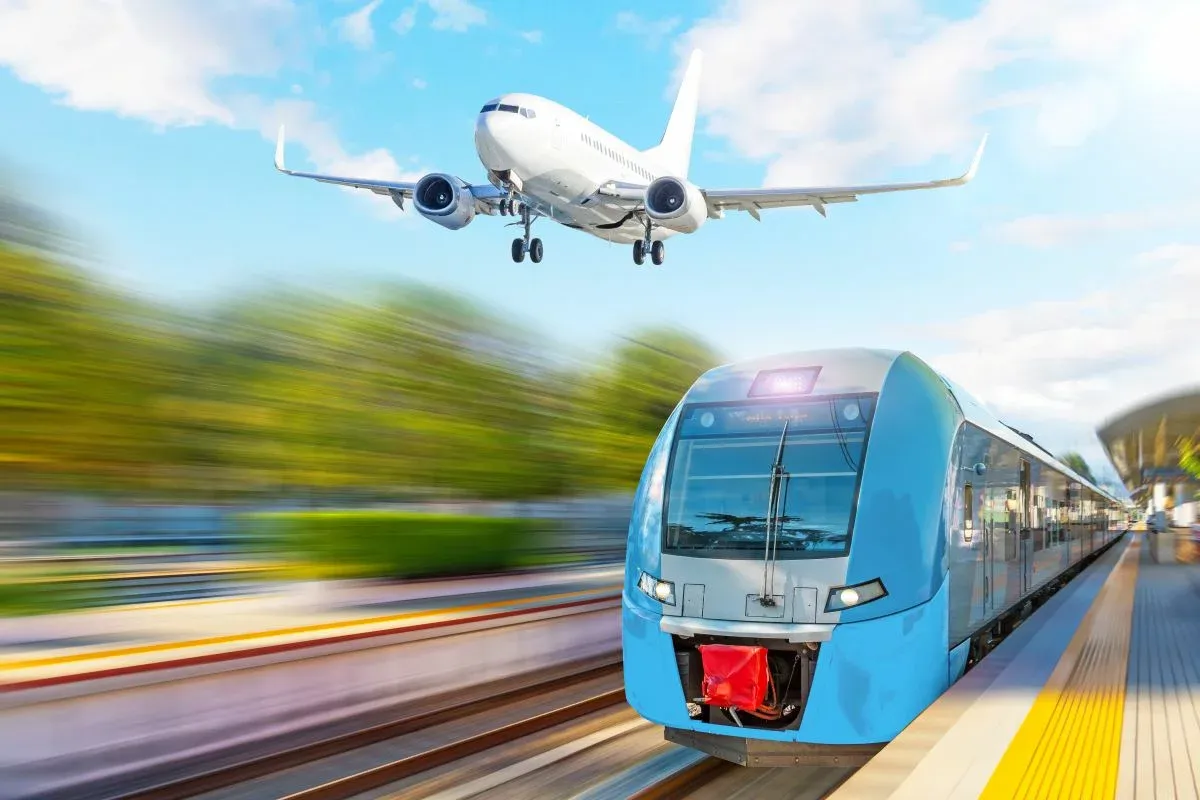
Trains vs. budget flights in Europe: time, cost, and comfort trade-offs
Travelers compare two familiar options for cross-border trips, weighing speed, comfort, and flexibility rather than just headline fares. While sticker prices can look different at first glance, Price is often similar once baggage and transfers are counted, especially when airlines add fees for seats or luggage and rail operators fold extras into a single fare. Add in the cost (and time) of reaching distant terminals, and the gap narrows further.
Trains win on center-to-center convenience. Stations sit inside walkable cores, so Departures from city stations cut the time spent getting to and from airports. That means a later start, a shorter connection to hotels or meetings, and less risk that traffic or security lines will derail the morning. Rail also tends to offer simpler boarding: arrive 15–30 minutes early, roll aboard, and keep your bag nearby.

Flights still dominate on very long routes. When distance stretches across several countries, the plane usually arrives hours earlier, and frequent flier perks or through-ticket protections may make air the safer bet for tight schedules. For island hops or journeys with limited rail infrastructure, flying remains the default.
Seat comfort varies by operator and fare, but many travelers prefer the ability to walk around on trains, visit a dining car, and plug in laptops at full-sized tables, use outlets freely, and avoid security lines. Mobile signal and onboard Wi-Fi can keep work flowing; being able to step off briefly at intermediate stops breaks up long stretches without the pressure of tight gate calls.
Delays are part of the decision either way. Weather and air traffic affect flights, while rail is wonderfully punctual—until there’s track work, a signaling fault, or a missed connection. The good news: rail disruptions often come with clear alternatives (next train, open seating) and no need to re-clear security; air rebooking can be more opaque, especially on separate tickets.
Night trains are back on some corridors, pairing privacy options with lounge access at endpoints. A bed onboard can replace a hotel night and open an extra day for sightseeing, effectively trading transport time for sleeping time and freeing up the itinerary for daylight activities.
In practice, people pick based on the route and personal priorities: train for up to five or six hours where frequencies are high and stations are central; flight for longer hauls, remote destinations, or tight turnarounds; and a smart mix—fly out, rail back—when time is tight but budgets matter. The best choice is the one that minimizes friction from door to door while maximizing the moments you actually enjoy.
 Travel
Travel Carry-on only is rising—and packing plans are getting simpler
Posted on 2025-10-03
More travelers aim to skip the checked bag, and the momentum keeps building every season. Avoiding t...
 Lifestyle
Lifestyle Habits for Success: Simple Daily Practices to Achieve Your Goals
Posted on 2025-10-03
Success isn’t a matter of luck—it’s built on consistent habits and intentional actions. Developing t...